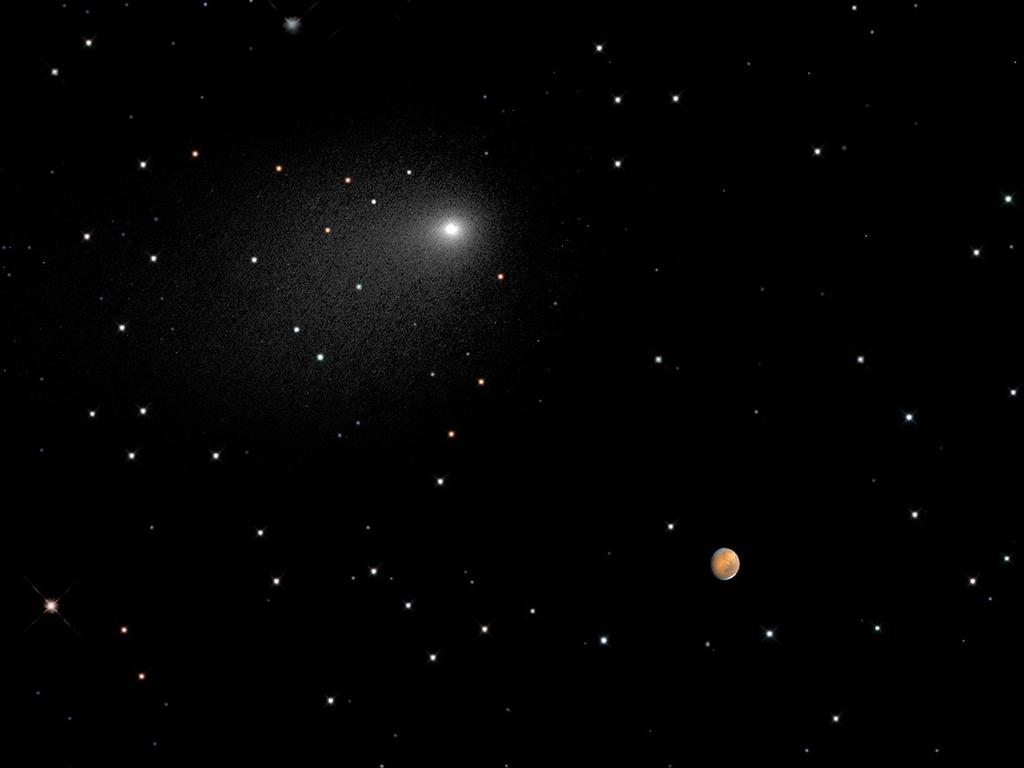“Space is big. You just won’t believe how vastly, hugely, mind-bogglingly big it is. I mean, you may think it’s a long way down the road to the chemist’s, but that’s just peanuts to space.”- Douglas Adams, The Hitchhiker’s Guide to the Galaxy
When Neil Armstrong first set foot on the moon, he was 384,400 km away from the surface of the earth. Alpha Centauri, the closest star to our solar system, is 4.3 light years away. This is approximately 39,900,000,000,000 km. The current estimate for the age of the universe is 13.8 billion years. Accounting for the fact that the universe is expanding, this puts the edge of the observable universe at about 46-47 billion light-years away. Travelling to the moon sounds comparable to a mere trip to the chemist’s doesn’t it? Well now imagine that the universe we inhabit, however vast, is not the only universe that exists.
The idea of the existence of parallel universes, or multiverses is not a new one and there are many theories about where these elusive other universes are hiding. One of the more mainstream ideas is the many worlds interpretation quantum mechanics which proposes multiple universes in order to explain quantum effects. You may have heard of the Schrödinger’s Cat thought experiment in which a particle, or indeed the cat, is in a superposition of two states i.e both dead and alive. When we look inside the box, the quantum state collapses and the cat is either dead or alive but not both. Though this thought experiment may sound bizarre not to mention bordering on animal cruelty, this effect has actually been observed with photons of light. In the double slit experiment, first performed in 1803 by Thomas Young, it was observed that a single photon can pass through two slits simultaneously. This quantum phenomenon can be explained by the many worlds theory.
The many world’s theory uses the quantum idea of simultaneously existing in two states and denies the collapse of the wave function. So when an object interacts with a quantum system, the timeline splits into two possible states along two different branches. We would then think that only one of these possibilities actually happened because we would be stuck on one of the branches, unable to observe the other time lines. Branch points are thought to occur all the time creating a huge tree of alternative and unobserved possibilities.
Unfortunately, there is no direct experimental evidence to support this theory. It is, nonetheless, exciting to wonder if there are alternative versions of you out there, who made all the opposite decisions and choices through their lives.
![Are we Alone in Space? “Space is big. You just won’t believe how vastly, hugely, mind-bogglingly big it is. I mean, you may think it’s a long way down the […]](/wp-content/uploads/2013/03/planet-blog-620x70.png)
